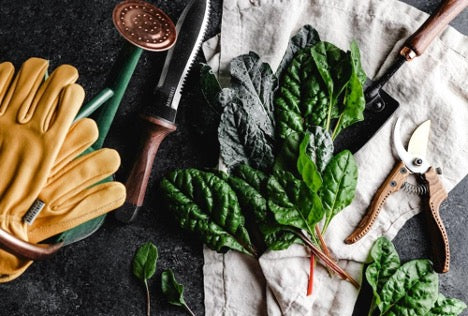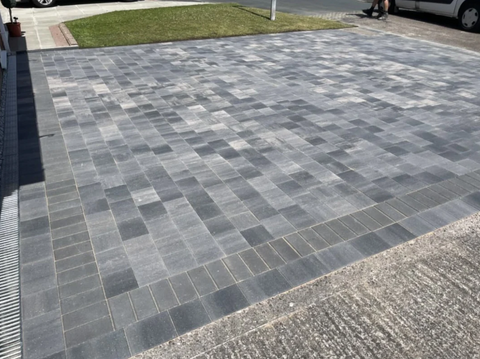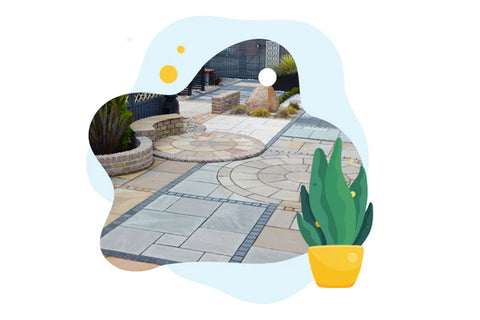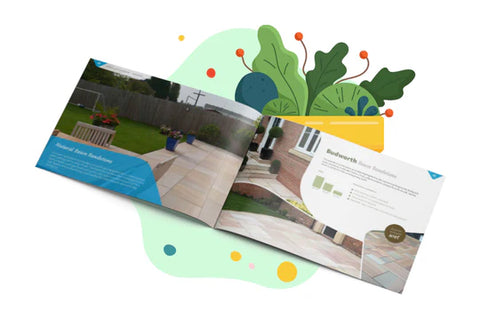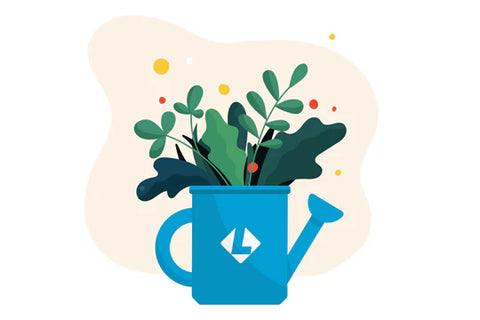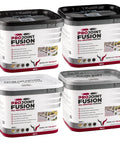
Effective gardening is not just about planting the right plants; it’s also about learning the proper handling of gardening tools.
Regardless if you are new to gardening or a seasoned veteran, this garden tool maintenance guide can help.
Here, you can find some of the most essential tips to making your tools last, including which tools are a real must-have for any gardener.
What Garden Tools Should I Own?
Here is a quick look at the most important gardening tools that can aid in maintaining and planting outdoors or indoors.
Best Indoor Gardening Tools
Beginners can benefit from starting gardening indoors, where it is easier to control conditions like warmth, moisture, and light. Plus, it may be easier to keep plant diseases, parasites, and bugs at bay.
When maintaining plants inside your home, these smaller options can make the job alot easier:
- Hand trowel
- Hand-held weeder
- Small rake
- Pointed tail shovel
- Small wide tail shovel
- Spray bottle
- Small watering can
- Carry bag
Mini garden sets feature a compact design that can easily fit in your hand; they're easy to pack and store but still have the durability and sturdiness to handle real gardening tasks. Shorter handles also provide greater control and are suitable when doing indoor gardening.
Best Outdoor Gardening Tools
The art of outdoor gardening begins with solid tools for digging, edging, and pruning. With larger areas and plots to maintain, you will often need tools with a longer shaft or handle that can give you better leverage, increased speed and more control.
Here, tools can really help you do the heavy work, making cutting through tough soil and roots a lot easier. Although this means that the tools themselves are often heavier, here are a couple of must-have outdoor gardening tools and accessories:
- Gloves
- Trowel
- Spade
- Rake
- Shovel
- Garden fork
- Hoe
- Pruning shears
- Watering hose
- Watering can
- Wheelbarrow
- Lawn Mower
Which Garden Tools Can I Hire?

There are plenty of landscaping and gardening tools that are available to hire, especially if you need to tackle dense and thick vegetation. This includes tools such as:
- Log splitters
- Garden shredders
- Tillers and cultivators
- Brush cutters
- Lawn scarifiers
- Hedge and tree cutters
How to Clean Garden Tools
To get the most out of your garden tools, it’s important to clean and properly store your tools.
Cleaning steps:
- Use the blast of a garden hose to wash away the soil, mud, or debris
- Use a plastic scraper or putty knife to scrape away stuck mud
- Soak the tools in a heavy-duty bucket with soapy water for 15 to 20 min
- Rinse and dry with a microfiber cloth
- Check for stickiness, insect, or sap residue. Wipe the tool with an old cloth dipped in some turpentine
Disinfecting steps:
- Make a bleach solution with 9 parts water and 1 part chlorine bleach
- Soak the tools for 30 minutes
- Use clean water to rinse the solution off
- Dry the tools with a microfiber cloth
On that note, it is important to talk about wood handles, as this material requires more thorough care. You can reinforce minor cracks with heavy-duty tape, but if the wooden handle has severe cracks and damage, you should replace it.
When it is time to clean a wooden handle, use a damp cloth to wipe it down and you can lightly sand the wood, if necessary. After cleaning and drying the product thoroughly, you want to finish it off with some oil to repel dirt and moisture and this can also keep the wooden handle from becoming brittle and dry.
Where to Get Garden Tools Sharpened
Have your tools lost their edge? It’s normal for the knives, cutters, shovels, and shears to go blunt over the years.
A garden tool sharpening service in your local area can sharpen the tools. Professional sharpening services are ideal for both commercial and domestic customers. A sharpening service restores the tool’s sharpness and effectiveness in a matter of minutes, which in turn saves you time and effort.
How to Sharpen Garden Tools
If you plan to do it the DIY way, the best way to sharpen garden tools is to invest in a sharpening tool that’s ideal for the tools you plan to sharpen. Some of these include files, whetstones, sharpening steels, diamond-coated blocks, and pocket-sized sharpening tools.
When sharpening, most of your attention will fall on tools like secateurs and shears. But, what many beginner gardeners may fail to notice is that their spades and shovels also need sharpening.
Here is how to keep garden tools sharp:
First, you should remove any surface dirt. Take a stiff brush and work into the crevices on the back and front of the blade. With no dirt or soil getting in the way, feel free to use sandpaper and work with it and with an oily rag. You want to apply a generous amount of oil to the blade to prevent rusting.
To start sharpening, take a file. Position the tip of the file on the left side of the head of the tool. Match the angle of the sharpening tool with the bevel on the blade, at roughly 30 degrees. Use downward pressure to push the file forward to the right.
Keep that downward pressure and angle even. It’s a good idea to wear gloves and use the dominant hand when sharpening for better strength. Don’t file using a back-and-forth motion as this can make the tool dull. You can file and sharpen the tool in a single direction, with the help of push strokes.
Want to know how can you take good care of the different garden tools? Proper maintenance of pruning shears starts with creating a safe sharpening environment. You must position the pruners in a secure space, like a bench vise, which makes them easier to handle.
Open the tools wide and make sure the beveled edge faces you. Place the file against the cutting blade. Keep drawing the file along the contour of the blade by applying moderate pressure. Just make sure you don’t file toward yourself!
Keep filing until the shears get a sharp edge. This could take you around 10-20 strokes and a couple of minutes of sharpening. When you are done, apply linseed oil to avoid rusting. Dip a soft cloth into the oil and wipe the blades with it.
Where & How to Store Garden Tools
To keep the tools in good shape, store them in dry areas. When storing shovels, you will need a bit more space so it's helpful to clear a specific area in your garage or shed to help access them as easily as possible.
Here are a couple of creative storage ideas that can help:
- Hang the tools up above a potting bench - You can also add more shelves under the bench for storing smaller tools such as hand trowels and secateurs. For storing compost, maybe add crates. Everything that’s larger, you can fix above the bench
- Place hooks to the back of a garage door - If you have little storage space, make the most of a back door, porch wall, or utility room instead
- Create wrap-around shelves - If you have plenty of handheld tools, you can line them up inside DIY shelves. They offer adequate storage and can fit a lot of smaller things neatly
- Use a pegboard for better organization - If you want to keep the garden tools within reach, attach a pegboard to a shed wall or workspace. It uses wooden dowels rather than hooks so can offer versatile storage, plus it can become a feature rather than completely functional
Regular Maintenance of Garden Tools
So in conclusion, when investing in expensive and varied garden tools, it's important to keep up with seasonal tool care.
As they're often doing a dirty job, it's normal for them to show signs of wear and tear, especially when working with large backyards or planting areas. The blades can also get dull, which is why keeping the tools sharp and clean should remain a top priority.
With the tips listed here, we hope you can make the tools last longer, keep your garden looking in the best condition and make the most of your purchase.
*the above is intended as a guide only and Landscape World are not responsible for any of the tips provided in this article

